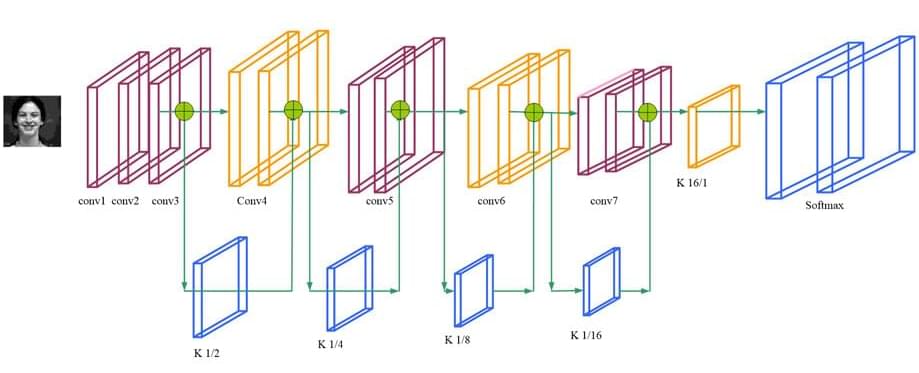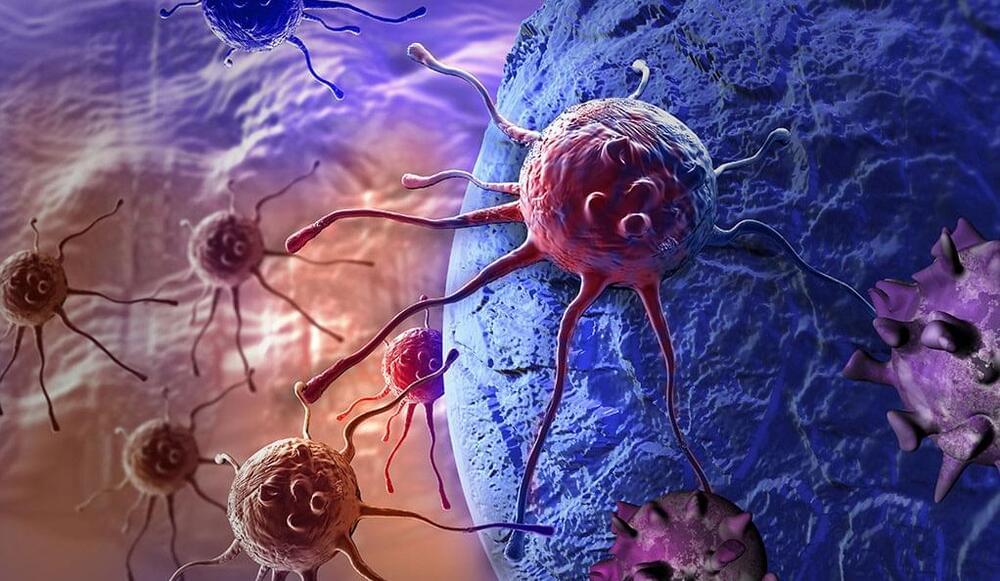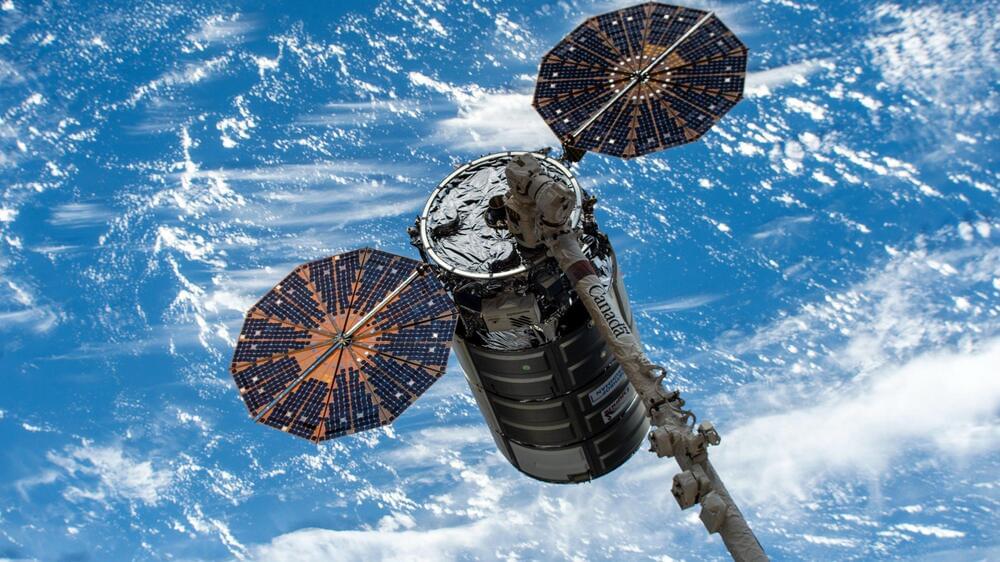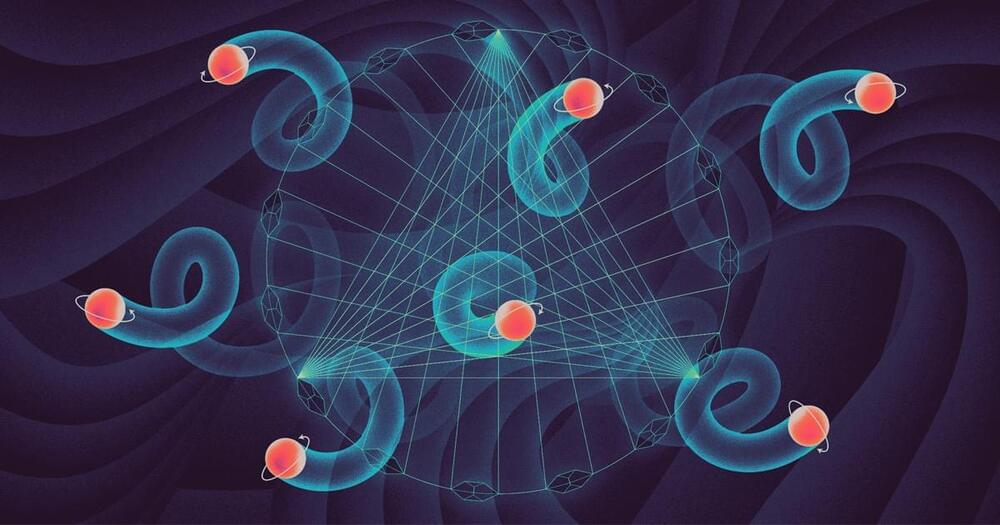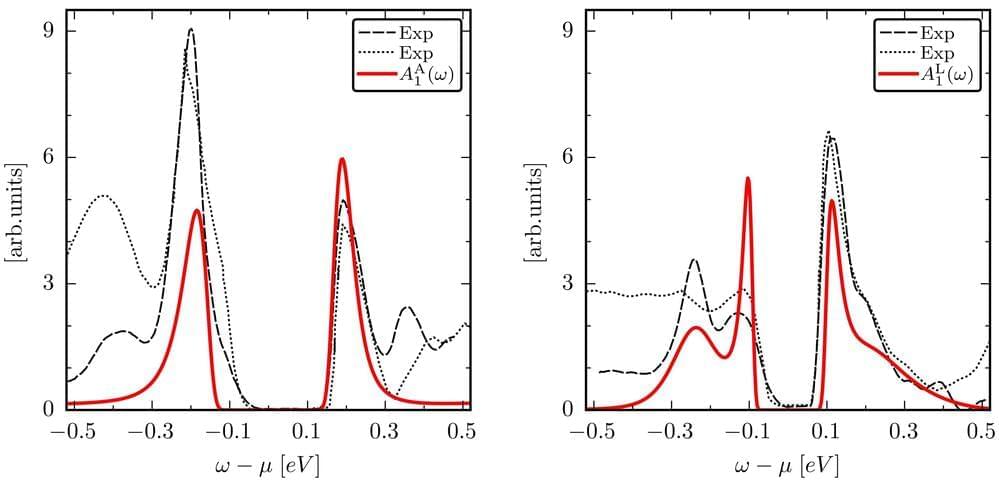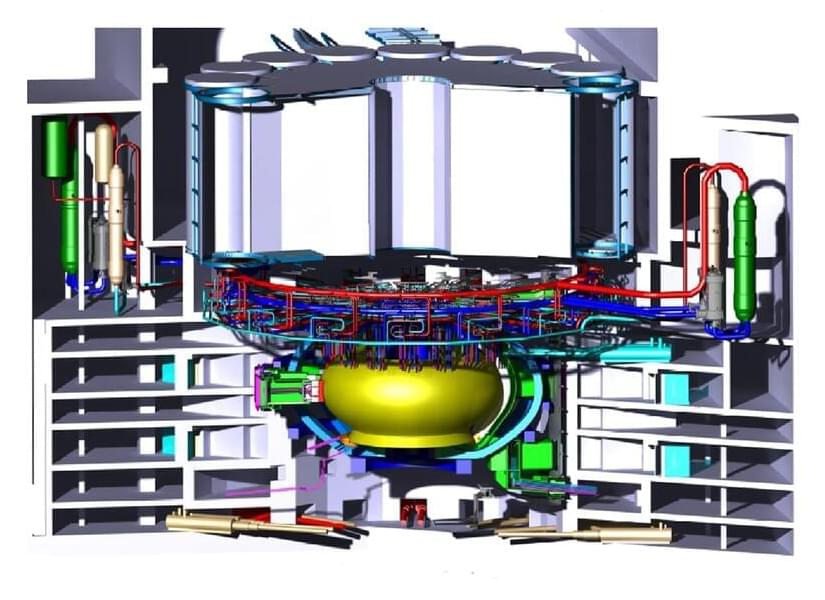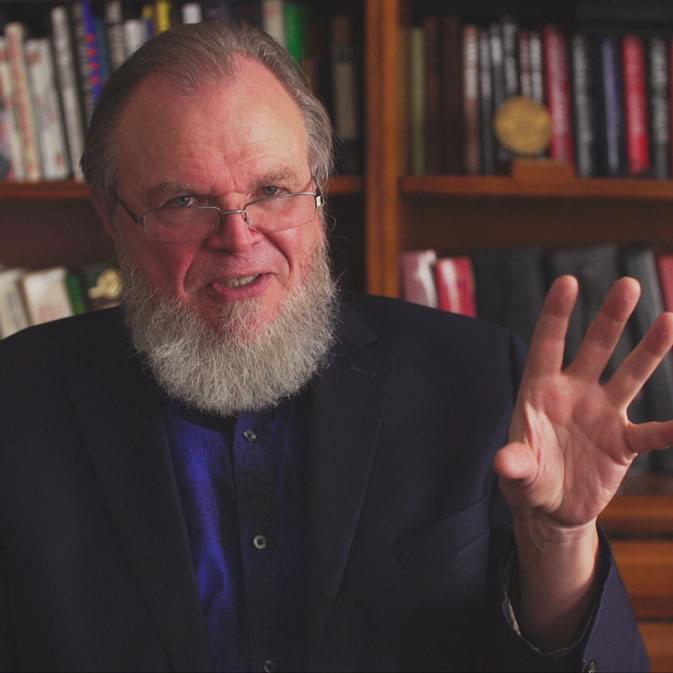Jul 6, 2022
Written all over your face: An improved AI model for recognizing facial expression
Posted by Saúl Morales Rodriguéz in categories: biotech/medical, robotics/AI
When it comes to our state of mind and emotions, our faces can be quite telling. Facial expression is an essential aspect of nonverbal communication in humans. Even if we cannot explain how we do it, we can usually see in another person’s face how they are feeling. In many situations, reading facial expressions is particularly important. For example, a teacher might do it to check if their students are engaged or bored, and a nurse may do it to check if a patient’s condition has improved or worsened.
Thanks to advances in technology, computers can do a pretty good job when it comes to recognizing faces. Recognizing facial expressions, however, is a whole different story. Many researchers working in the field of artificial intelligence (AI) have tried to tackle this problem using various modeling and classification techniques, including the popular convolutional neural networks (CNNs). However, facial expression recognition is complex and calls for intricate neural networks, which require a lot of training and are computationally expensive.
In an effort to address these issues, a research team led by Dr. Jia Tian from Jilin Engineering Normal University in China has recently developed a new CNN model for facial expression recognition. As described in an article published in the Journal of Electronic Imaging, the team focused on striking a good balance between the training speed, memory usage, and recognition accuracy of the model.
